By Dolma Tsering
“We should not conceive of Communists as mad dogs running around and biting everybody. They are strategists par excellence”.- Dawa Norbu: 2008
The border stand-off between India and China on June 15 was the first kind of such aggressive clash between two parties since the Dokhlam encounter in 2017. The current confrontation is not only one of the highest levels in the last fifty years, but the Chinese incursion into the Indian territory of Galwan valley is an incursion into a new territory of India, that is more alarming in the wake of Covid-19. The confrontation between two countries killed 20 Indian soldiers and India, in response to China’s aggressive behaviour, banned 50 odd Chinese app that further infuriates the Chinese government. Although both sides have agreed for de-escalation and dialogue, the border stand-off once again highlights the importance of the Chinese Communist strategic thinking and development in Tibet and what India is missing. India and China will face another confrontation worse than the current one in the near future, and India needs to prepare for such escalation from China. Therefore, India needs to reassess the dynamics of China’s strategic thinking and policy in Tibet.
Before one moves into China’s strategic thinking and development in Tibet, it is important to understand China’s Tibet policy beyond China’s Regional Ethnic Minority Law. As far as China’s Tibet policy is concerned, there are two key objectives: one is “leap forward development”, and another is “long term stability”. Stability is the end goal, and development is the means to achieve the goal. Although the official policy documents started mentioning about the policy of “development and stability” since the 1990s, the policy was there since Mao’s period. In other words, since the beginning, China’s strategic development and thinking in Tibet was designed based on these two objectives. The fact that the construction sector, public management and party organisation sector, and transportation sector since early 1950 has more than 50 per cent of regional GDP share, even when the vast majority of the local economy dependent on agriculture and animal husbandry industry, which points the importance of these two objectives.
China’s Strategic Thinking and Development in Tibet: Imperatives and Prospects
George Friedman mentioned about China’s three key security imperatives, first is to maintain national unity and stability; second is to maintain strong coastal defense, and third is to secure its periphery. First and third imperatives are directly related to the Tibet issue. Tibet since 1950 has been one of the most resistive regions in China along with Xinjiang. Tibetan resistance movement symbolises Tibet’s Independence, China’s human rights violation against the Tibetan population and therefore challenges the legitimacy of Chinese leadership and rule in Tibet. Furthermore, an internationalisation of Tibetan resistance movement has not only unnecessarily embarrassed China on various international platforms, but China views such “imperialist interference” in Tibet issue as striking at the heart of the Chinese national security. Therefore, Tibet issue resonates to maintaining national security, unity and stability and also protection of border with India.
An imperative of protection of border includes Tibet’s border along the Himalayan region. One of the key reasons why China invaded Tibet was because of its strategic importance. According to Dawa Norbu, China considered British India influences in Tibet up to 1947, as “imperialist” trying to interfere in China’s internal affairs and also an imperialist strategy of encircling China. Tibet was considered as “backdoor” for imperialist infiltration; therefore, If China wants to achieve national security or to rule out imperialist interventionist strategy, China should secure Tibet and close the backdoor, which means China’s military occupation of Tibet. The Chinese strategic appreciation about Tibet deepened with the growing strength of Tibet resistance movement and India-China border war in 1962. China, cautious of such vulnerability has never changed. The Chinese government designating Tibet as one of China’s “core issues” amplifies such security imperatives.
In response, China established an advanced transportation and communication system as part of strategic development that enables Beijing to track every single development that occurs within and around Tibet. Moreover, China has now launched a “border defense village” as a part of border management to “curb illegal entry and exit’. The fact that China could reach the Indian territory of the Galwan valley, which has one of the highest ridgelines and overlooks the DSDBO road, is the result of China’s strategic vision and development in Tibet.
Besides guarding the border and maintain stability, the Chinese strategic thinking about Tibet also envisions to establish a new buffer zone in the Himalayan region that is pro-China and counter India’s influence in the Himalayan sub-continent. George Ginsberg and Michael Mathos, in their book titled “Communist China and Tibet”, mentioned that Mao Zedong once claimed that ‘He who holds Tibet dominates the Himalayan piedmont; he who dominates the Himalayan piedmont threatens the Indian subcontinent, and he who threatens the Indian subcontinent may well have all of South Asia within his reach, and with that, all of Asia”. Soon after the establishment of the People’s Liberation Army position in Tibet, China instead of extending its aggressive behaviour of occupying Bhutan and Nepal instead went onto these two prime neighbours to pursue a diplomatic relationship to create a new buffer zone between India and China. After completing the entire strategic requirement in Tibet, China, from 1980, started pursuing the commercial use of the strategic development of Tibet. Subsequently through various development policy and program like “reform and open policy”, “western development strategy” and now the Belt and Road Initiative”, China strengthen its influences in the Himalayan region, especially Nepal. Under the Belt and Road Initiative, China through Tibet aims to establish a trans-Himalayan Multi-Dimensional Connectivity Network that helps China to strengthen its position in the Himalayan region. In short China’s strategic thinking about Tibet that has evolved from being a “backdoor” that should be close to the “gateway for South Asia”. Such evolution signifies the magnitude of China’s confidence in strategic development in Tibet, and its outreach to create new buffer zones that are pro-China.
What is India Missing?
As much as China is aware of the geostrategic importance of Tibet, India is also aware of it, but the only difference is the Chinese appreciation is deeper than India. As a result, India acceptance of Tibet as part of China not only validated the Chinese occupation of Tibet, but it also changed the geopolitics of Tibet, which is in favour of China. There are two prime challenges in India’s strategic thinking about the Tibet issue. One is India has always considered Tibet issue as a “bone of contention” in its bilateral relationship with China. As a result, India has not only agreed to distance itself from Tibet issue but also sought significant compromise including in 2003 the then Prime Minister Atal Bihari Vajpayee formally recognised “Tibet Autonomous Region as part of China”. Secondly, India has never assessed Tibet issue beyond a “diplomatic card” that is played whenever China pokes India for territorial claims probably because of China military and economic might.
Therefore, India needs to reassess its policy and strategic thinking about the Tibet issue. If India continues to align itself with the China position, it will help China strengthening its position on border disputes and territorial claim. The fact that China has reached Galwan valley is a result of lack of India failure to assess Tibet issue. It is evident that with the current border stand-off China would pressure India on the succession of the 14th Dalai Lama. If India fails to agree on the Chinese demand, it will wait for the post-Dalai Lama situation to make a major move in its territorial claims. At the moment, China is less likely to go beyond what happened at the Galwan valley because if border disputes escalate, it might send a positive signal to the Tibetan resistance movement and would jeopardise national unity and stability. However, in the post-Dalai Lama situation, if China is successful in suppressing the Tibetan resistance movement, it would not hesitate in expressing its aggression in territorial claims with India. India then might not be able to enjoy any bargaining power it has with China on Tibet issue. Therefore, it is high time for India to reassess the dynamics of Tibet issue within India and China bilateral relationship. In addition to the Tibet issue, India also needs to examine China’s strategic vision in the Himalayan region driven by the revolutionary idea of the middle kingdom. The Xi Jinping’s Chinese Dream or the “Belt and Road Initiative” is the reflection of the Chinese revolutionary idea of the middle kingdom and its position in Himalayan.
(Views expressed are her own)
The author is a PH.D candidate in the Chinese Division of Centre for East Asian Studies at Jawaharlal Nehru University


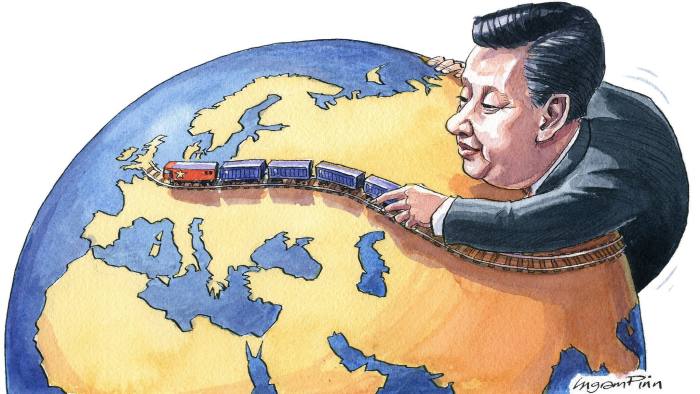




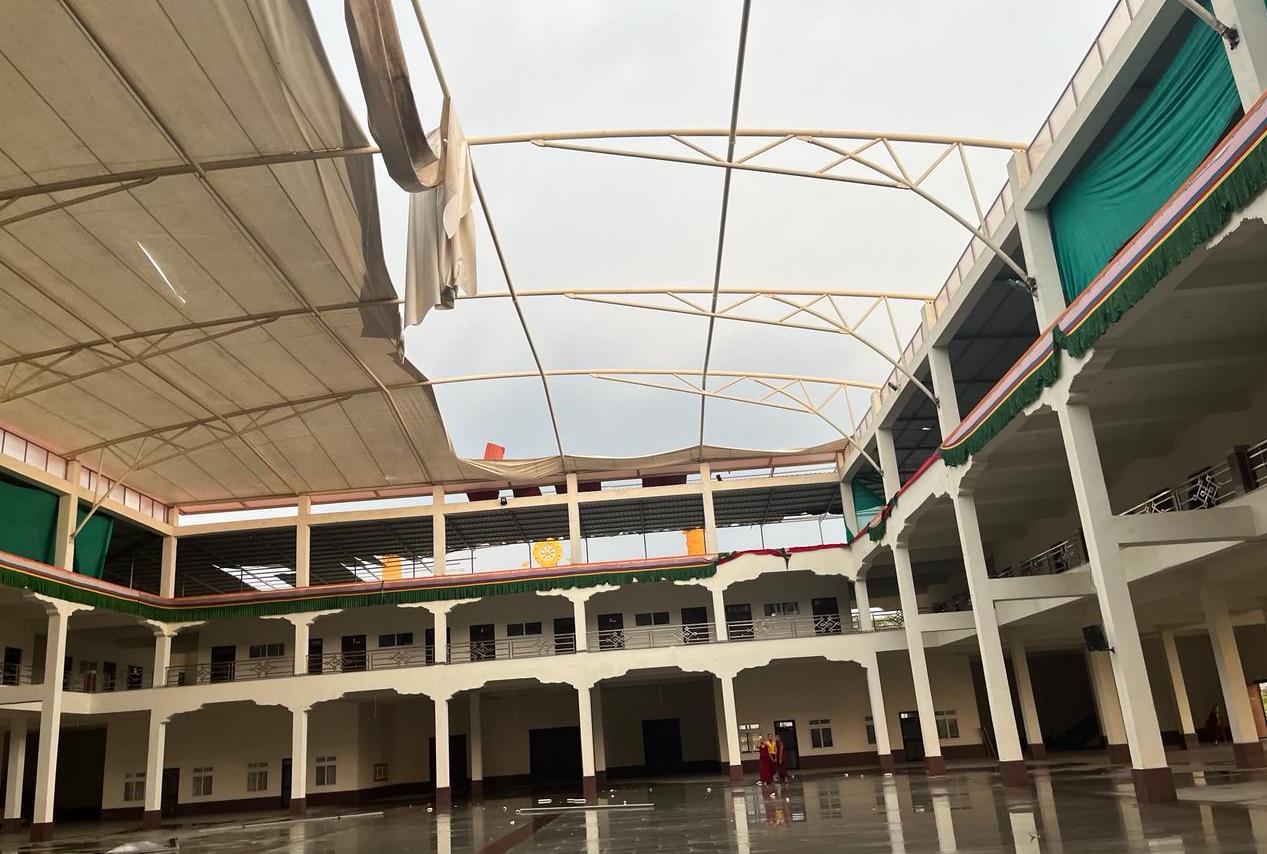
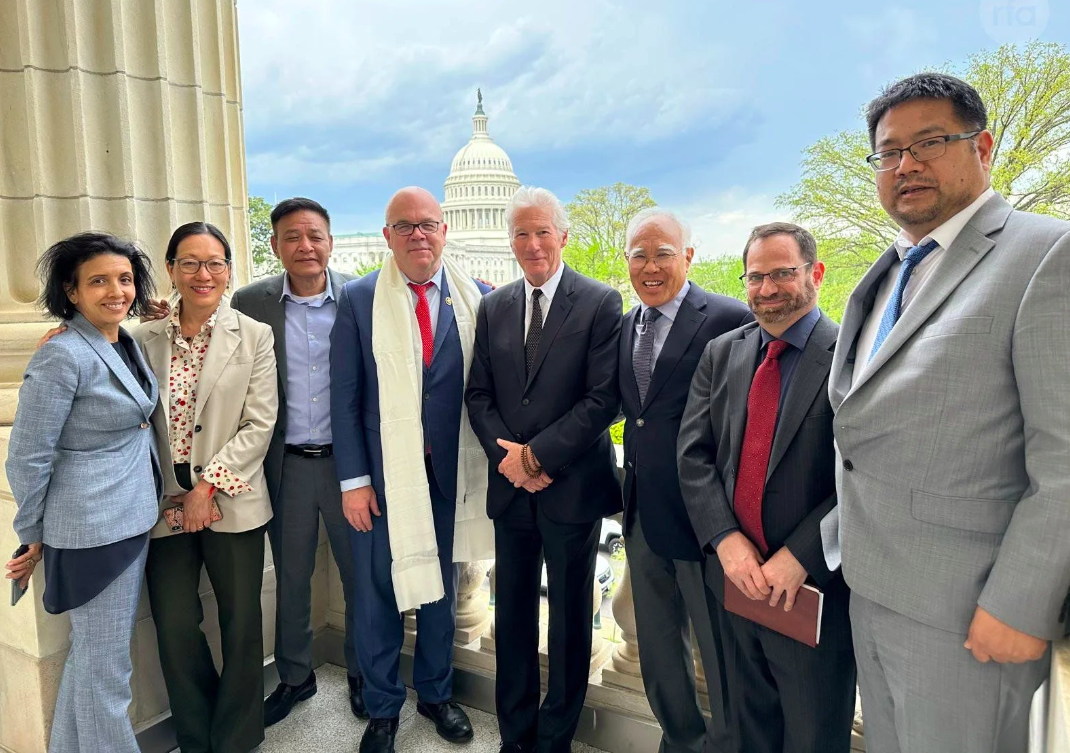
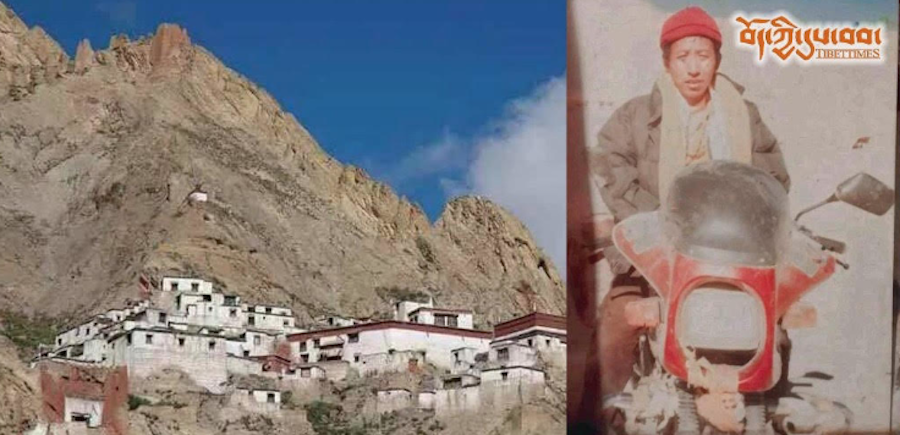
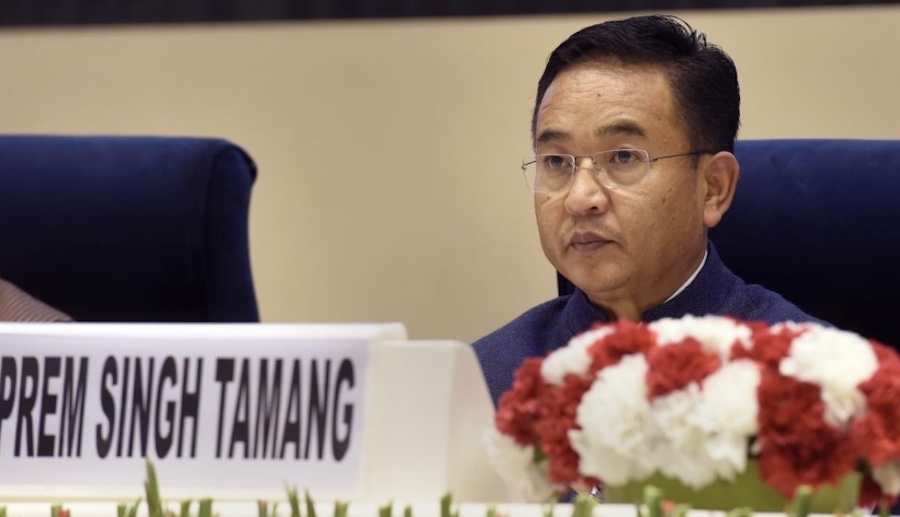
One Response
A very aptly presented analysis of Tibet’s position in India-China relations and how India’s indifference towards Tibet’s occupation by China has landed India into a more and more vulnerable situation vis a vis China with each passing day.
Dolma Tsering has also highlighted how China has been consistently moving in the direction of dominating Tibet, Himalayas and South Asia whereas New Delhi has been sitting idle and confused ever since Mao declared Tibet as ‘China’s palm’ and Ladakh, Nepal, Bhutan, NEFA(Today’s Arunachal) as its fingers. China has smartly installed millions of Chinese citizens in Tibet, especially in villages along borders with India ever since moving into Tibet. In sharp contrast India has abandoned it’s citizens along same border by systematically denying them road links with rest of India. Let us hope Modi government continues it’s process of correcting these mistakes. I hope arrival of Modi after disastrous six decades is not too late.